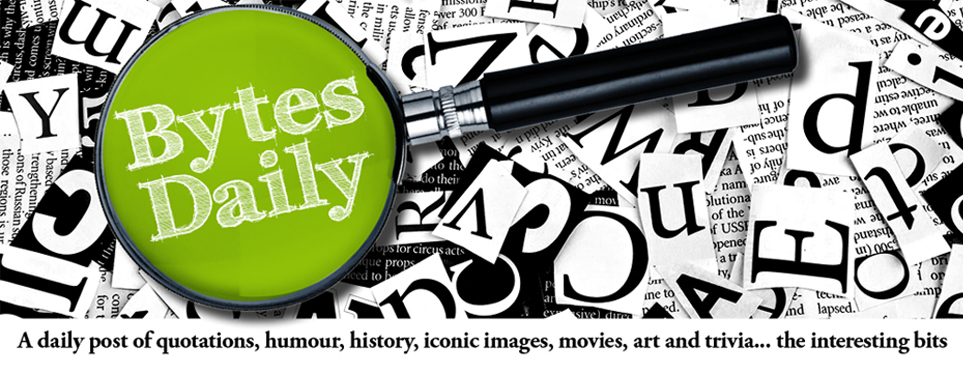Having discussed matters citius, altius
and fortius in respect of the London Olympics, let’s reverse it and look at
something microious (I made up that word)...
Willard Wigan creates sculptures so small that
they have to be viewed with a microscope and fit in the eye of a needle. Some were posted at:
In honour of the Olympics, Wigan has
made his smallest sculpture yet, so small that it is the size of a human blood
cell. The work, which took months to
create, is of British Olympic diver Tom Daley on an eyelash. Wigan created it using a microscope and painted
it with the hair from the leg of a fruit fly:
The Wigan sculture of Tom Daley
Tom Daley
According to Wigan, 54:
The idea came to me one day when I had
an irritating eyelash in the corner of my eye and was trying to get it out but
couldn't. I finally caught it and it was one of those very fine ones right in
the corner. I took it out, put it under
the microscope and the first thing I noticed was that it looked like a diving
board. There is a lot of excitement
about the Olympics coming up so I decided to make the smallest sculpture I've
ever done for one of the biggest occasions we've ever had - and then to make it
even smaller I cut it in half.
I have to work between my heartbeat -
this is smaller than a blood cell. It was painstaking but because of my past
experience I have learned special techniques like that. It's a very special
piece. Most people will find it hard to understand. It's so small I'm even
asking myself questions.
When I finished the sculpture I tried to
put it onto the eyelash. But the first Tom I did literally sprang off the
eyelash. Each of the Olympic rings had
to be symmetrical while the whole sculpture can fit on a full stop - including
Tom and the rings. My inspiration was
Tom as I think he is going to win a gold medal, I'm a big supporter of his. I
seriously believe he can take a medal and I'm sure he will.
The sculpture is made from 24-carat
gold because at the end of the day we're going for gold. The '2012' measures
about 4-5 microns, while Tom measures less than 20 microns. It's called ‘In the blink of an eye’' and
I'll be putting it on show for the public to see because seeing is believing. My favourite sport is boxing and I'm hoping
when people see this it will knock them out.
I'm hoping it will help raise some money for charity Help For Heroes
each time it is exhibited.
(Diver Daley unfortunately didn’t feature in the medals in the men’s synchronised diving, coming fourth).
Another Wigan micro sculpture, this time
of runner Usain Bolt:
















































